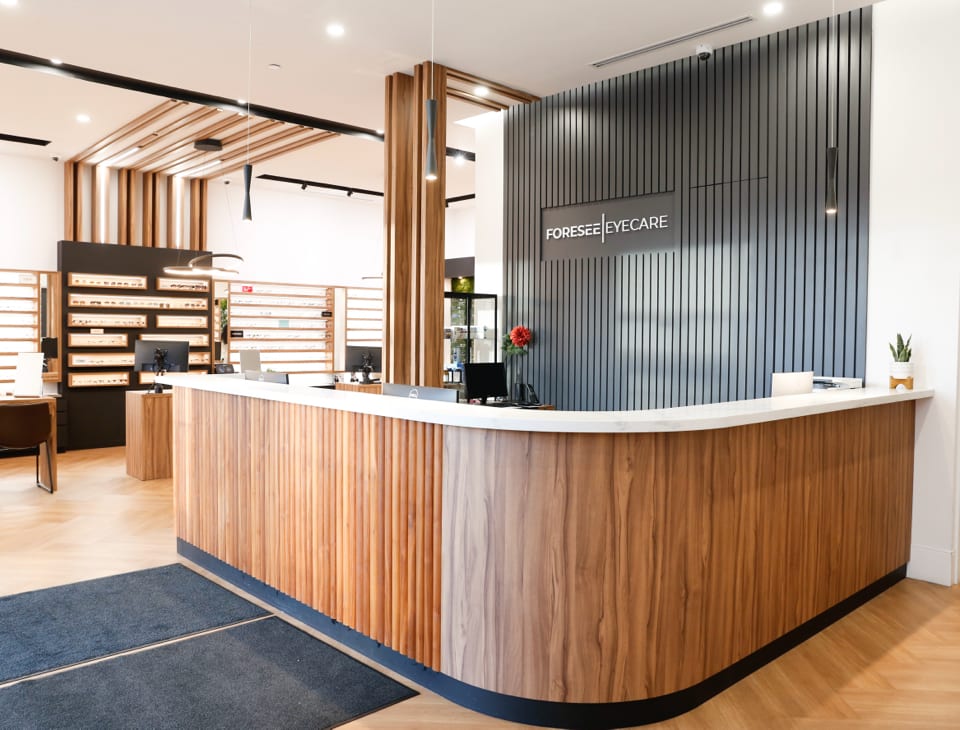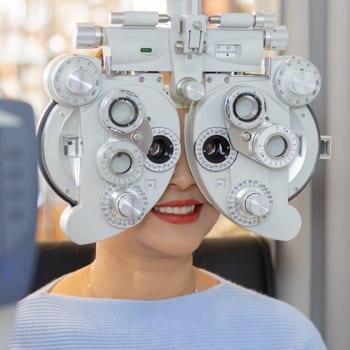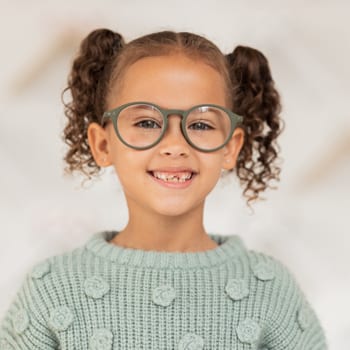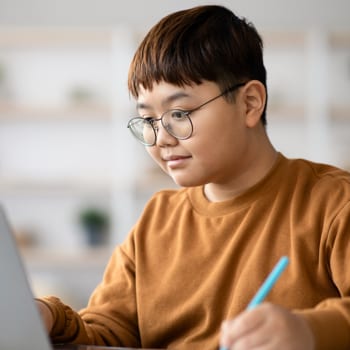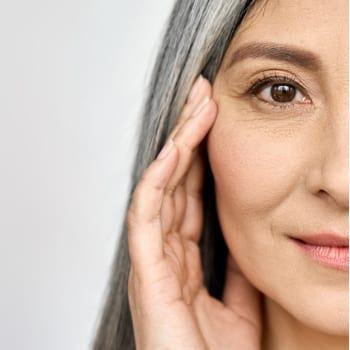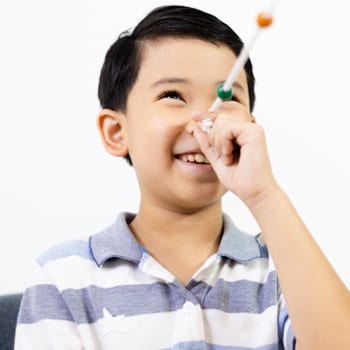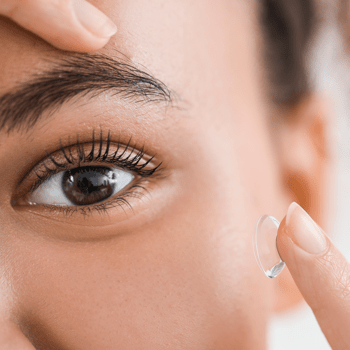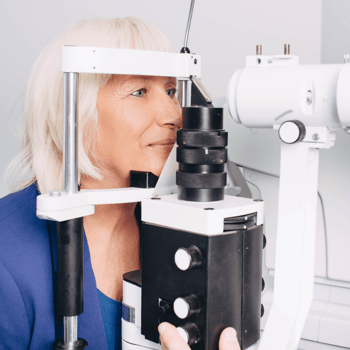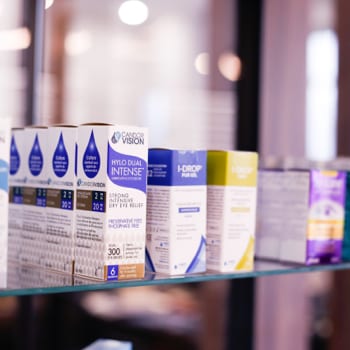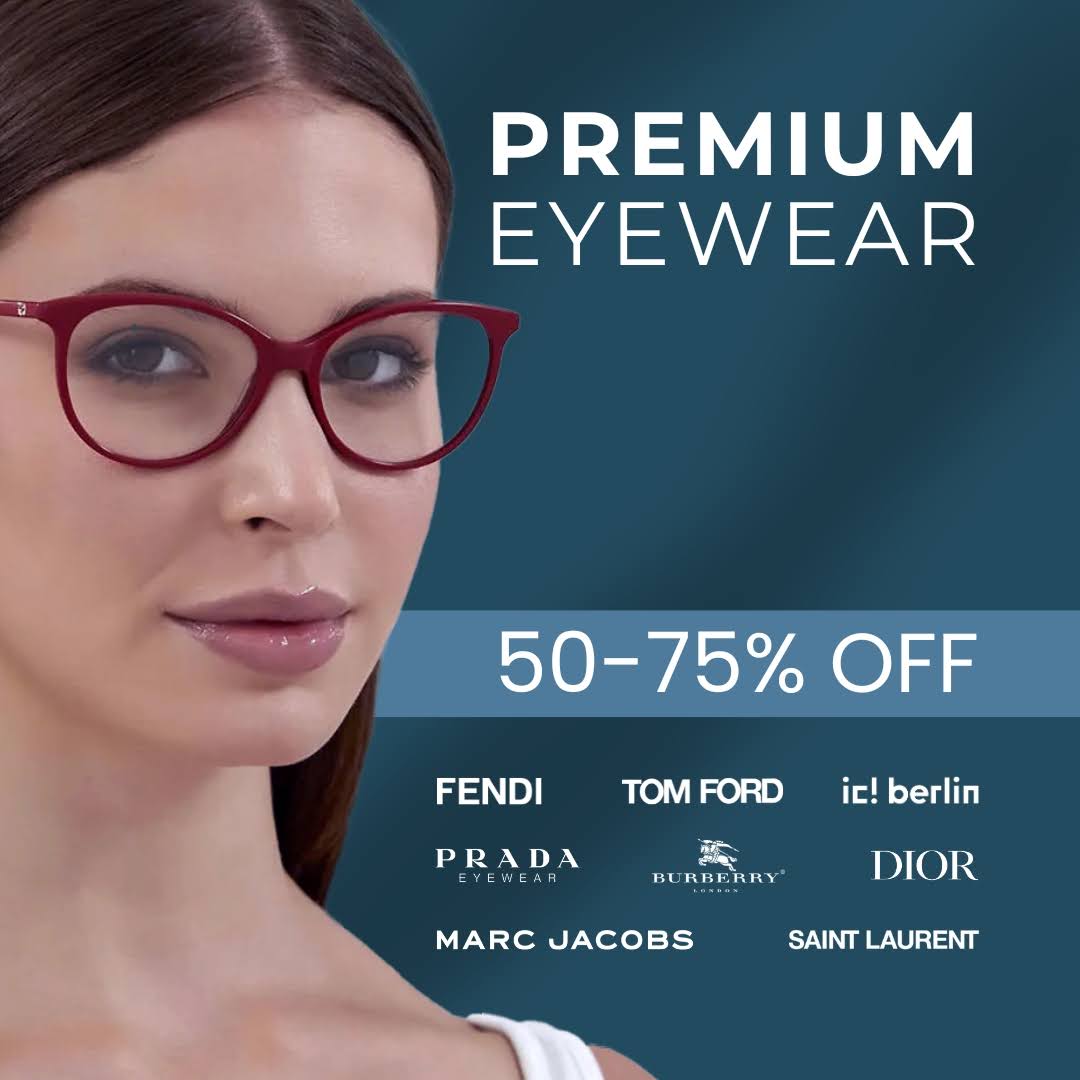Managing Your Child’s Myopia
Myopia, more commonly known as nearsightedness, is a refractive error that typically develops between ages 6 and 14, when the your child’s eyes are growing and changing.
While myopia can’t be reversed, methods are available to control the progression of myopia in children. These methods can protect them from developing high myopia and serious eye conditions later in life.
It’s important that we catch and monitor early signs of myopia so we can both correct your child’s vision and protect it for the future. So, visit us for a children’s eye exam today.
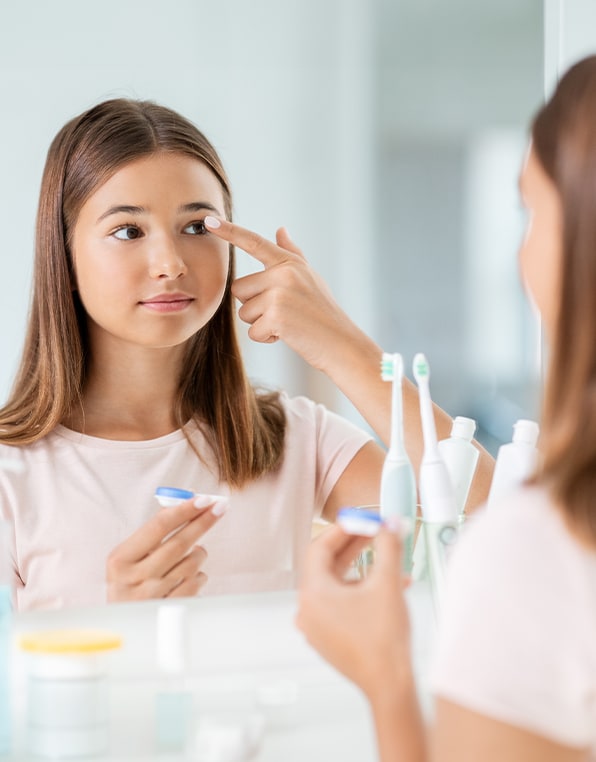
What Is Myopia?
Myopia, or nearsightedness, means a person can’t focus on objects in the distance. This common eye condition affects the parts of the eye that focus images: the cornea and the lens.
Myopia develops when the eyeball elongates irregularly or the cornea’s shape has too much curvature. This causes a refractive error, which prevents light rays from focusing correctly in the eye.
Recognizing Symptoms & Signs of Myopia
These symptoms may appear when myopia affects your child’s vision:
- Trouble seeing the front of the classroom clearly
- Squinting or partially closing eyelids to see clearly
- Headaches caused by eyestrain
- Frequent eye rubbing & excessive blinking
- Sitting closer to the television or front of the classroom
If you read through those signs and recognize them in your child, visit your optometrist for an eye exam so they can accurately diagnose this refractive error.

MiSight Vision Diffusion Optics Technology
Foresee Eyecare is thrilled to participate in the pilot program for MiSight Vision Diffusion Optics Technology.
MiSight glasses can slow the progression of myopia in children as young as 6 years old, helping to preserve their vision long term. After 2 years, 85% of children showed less than 1 diopter of myopia progression.
This means that MiSight can significantly slow the progression of myopia, helping to protect your child’s eyes as they grow up.
We are proud to be one of the selected practices to participate in this pilot program and provide your family with effective options.
MiSight with DOT technology has also received Breakthrough Device Designation from the FDA.
Our Myopia Control Options
At Foresee Eyecare, we have several myopia control options, including contact lenses, glasses lenses, and eye drops. In some cases, depending on your child’s particular needs beyond myopia control, we may also recommend vision therapy.
We’ll discover what suits your child best and explain every step of the process.
Orthokeratology
Orthokeratology (ortho-k) uses specially designed contact lenses to reshape the eye’s surface and slow the elongation of the eyeball. Children wear these rigid gas permeable contacts lenses overnight, and they gradually shape the corneas, providing clearer vision the next day.
The results of ortho-k only last a day or 2, and the overall effects are temporary. If your child stops wearing the lenses, they will have to use a different method of myopia management and vision correction.
MiSight Contact Lenses
MiSight contact lenses have been clinically shown to help slow myopia development in children when started between 8 and 12. In a 3-year study conducted by MiSight, they found multifocal lenses effectively reduced progression by 59% compared to regular single vision lenses.
The lenses have concentric rings that create myopic defocus, allowing images to focus in front of the retina rather than behind. This then slows the unwanted elongation of the eye.
These lenses address contrast sensitivity to slow myopia progression in children, helping to protect their eyes and preserve their vision long term.
MiyoSmart Glasses
MiyoSmart spectacle lenses can aid in slowing the progression of myopia using Hoya’s DIMS technology. This technology corrects light refraction through the lens and onto the front of the retina rather than the back, creating myopic defocus much like MiSight contact lenses.
Eyeglasses can be more comfortable for children who don’t want to or can’t wear contact lenses.
Abiliti 1-Day & Ortho-K Contact Lenses
ACUVUE Abiliti 1-day contact lenses are disposable soft contact lenses that correct your child’s vision while simultaneously reducing their myopia progression. Daily disposable lenses don’t require cleaning, so there’s one less step for kids and teens to look after.
The Abiliti Overnight orthokeratology (ortho-k) lenses are rigid gas-permeable (RGP) lenses worn while your child sleeps. The lenses help gently reshape the cornea so your child can see clearly the next day. With ortho-k lenses, kids can see clearer without worrying about lenses shifting or falling out during sports or activities.
Stellest Glasses
Stellest glasses are specially designed to help your child see clearly without worsening their myopia.
The glasses have different treatment zones that provide clear vision at every angle. In regular, single-vision lenses, the outer angles of vision can be distorted. This can cause the eye to grow to compensate, which can cause myopia to progress.
Stellest glasses can help your child see clearly while protecting their vision for years to come.
Atropine Eye Drops
Atropine is a medication sometimes used before an eye exam to dilate the pupils. Studies have found that low-dose atropine eye drops can aid in slowing the progression of myopia in children.
Your eye doctor can recommend the appropriate dose of atropine and a treatment plan to follow. Since atropine doesn’t correct your child’s vision, they’ll also need to wear corrective glasses or contacts during the day if their refractive error impacts daily tasks.
Biometry & Axial Length
Biometry is the process of measuring the power of the cornea (keratometry) and the length of the eye. The eye’s shape (corneal curvature) and length front-to-back (axial length) are crucial measurements for managing and tracking myopia control and progression.
The Oculus Myopia Master is an all-in-one device that can noninvasively measure refraction, axial length, and keratometry at the same time. This means we can assess your child’s eyes more comfortably, while still getting the measurements we need to personalize their treatment strategy.
Vision Therapy
Vision therapy is an alternative, nonsurgical approach to improving certain ocular issues using therapeutic procedures, exercises, and, in some cases, virtual reality. It may be recommended if your child’s vision problems are related to the connection between their eyes and their brain.
We want to help your child see comfortably, and how their brain interprets what they see is a big part of that. Find out more about vision therapy at Foresee Eyecare.

Help Improve Your Child’s Quality of Life
Visit us today to assess your child’s eye health with an eye exam to determine if they are nearsighted and need some form of myopia control.
We offer guidance throughout any myopia management program to preserve their quality of life and prevent severe nearsightedness from impacting their long-term eye health.
Our Brands
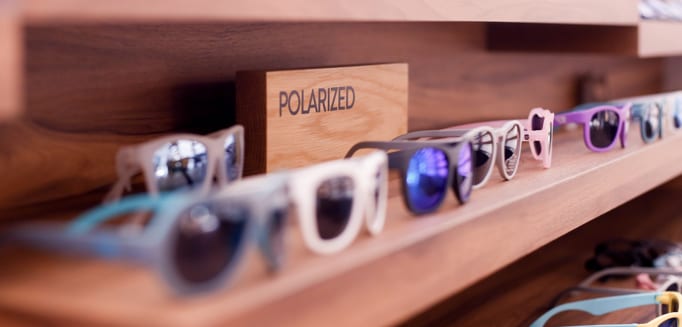
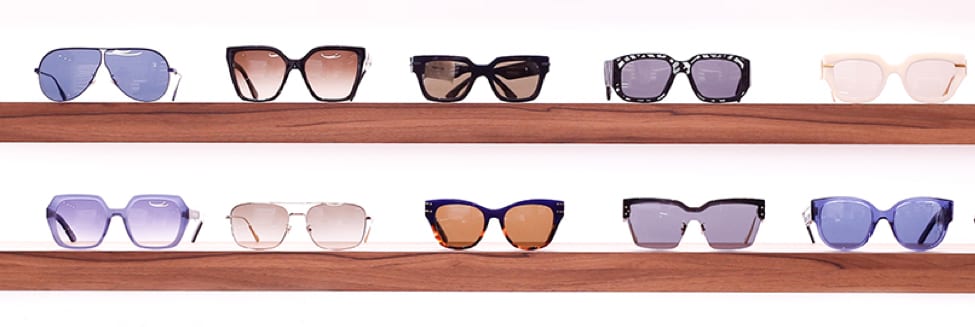
- Anne & Valentin
- Blackfin
- Carrera
- DITA
- Dior
- Fendi
- Etnia Barcelona
- Kliik
- Lindberg
- ic Berlin
- MODO
- Maui Jim

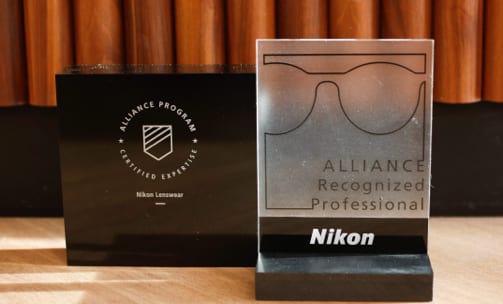

- Nano
- OTP
- OGA
- Prada
- Saint Laurent
- Ray-Ban
- Starck
- Silhouette
- Tom Ford
- Tiffany
- Tomato Glasses
- WEWE
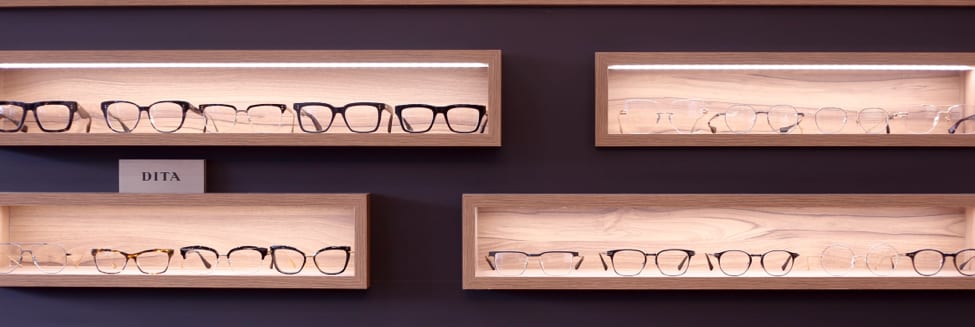
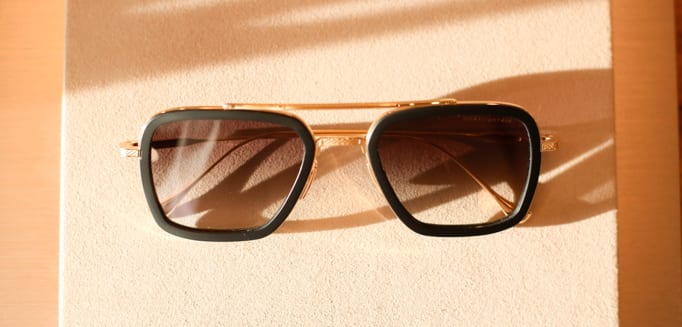
Visit Our Location
Our office can be found off of Major MacKenzie Drive West in the same plaza as the Medical Centre and Tim Hortons. The location of our office is 965 Major Mackenzie Dr. West, Units 3 & 4.
Hours of Operation
Our Address
- 965 Major Mackenzie Dr. West, Units 3 & 4
- Vaughan, ON L6A 4P8
Contact Information
- Phone: 289-553-EYES (3937)
- Fax: 289-553-3939
*Friday by appointment only.
**We are closed on the Saturdays of long weekends and holidays.
